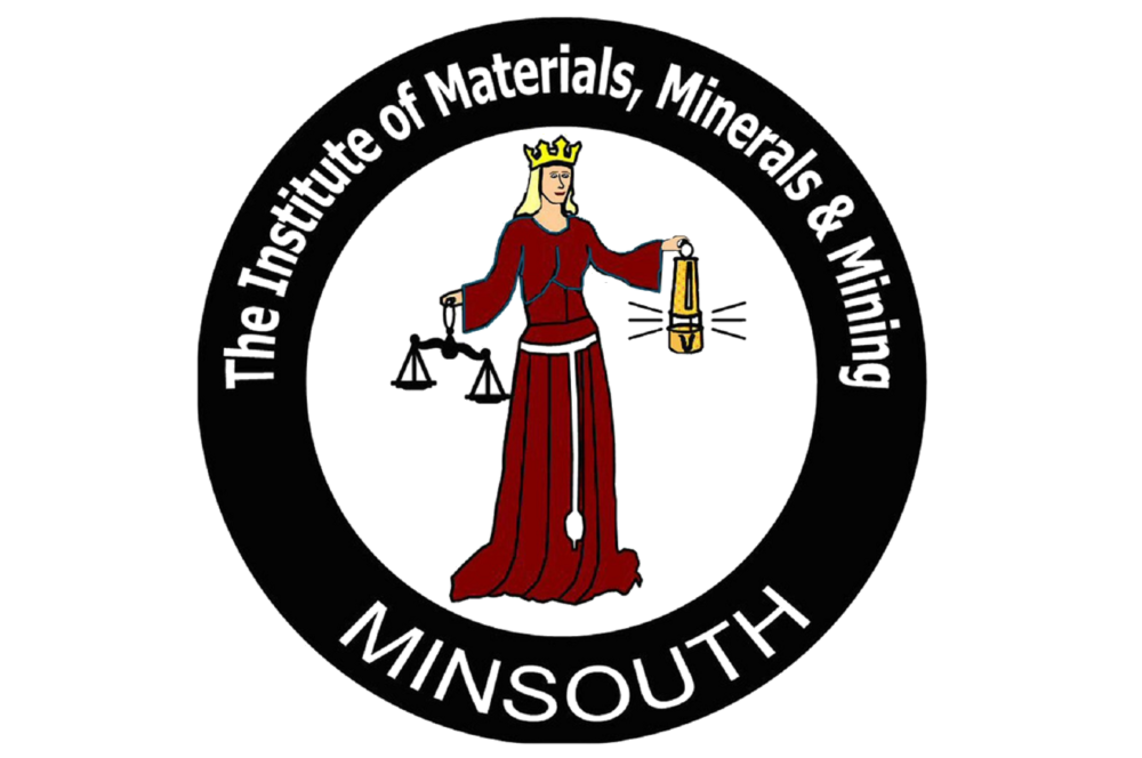MinSouth has zero tolerance for abusive, harassing, or discriminatory behaviour, and all communication should be appropriate for a professional audience including people of many different backgrounds.

- This event has passed.
YPLC Regional Final
March 22, 2018 @ 5:30 pm
The South East Regional final will choose the contestant to go to the 2018 YPLC UK final on 25 April at The Armourers’ Hall, London. Join other Members and materials people from the South East for the 2018 YPLC Regional final. Have an enjoyable event, with complimentary food, wine and refreshments. Listen to five high caliber 15-minute presentations on a variety of materials topics including giant porphyry Cu deposits, micro glass blowing, new efficient solar cells, sandwich structures for crash worthiness and how to clean up the environment using sugars. Time 5.30 for 6.30pm Meet the Finalists MinSouth – Oliver Higgins Magmatic controls on the formation of giant porphyry Cu deposits: Lessons from modelling The cooling, crystallisation and degassing of intermediate composition hydrous magma bodies emplaced in the upper crust, products of crustal scale magma differentiation, act as both the driver of hydrothermal fluid circulation and the source of metals and volatiles in porphyry Cu deposits (PCD) (e.g. Richards, 2011). Elevated Cu, S and Cl concentrations in the upper crustal magma and magmatic-hydrothermal fluid represent a ‘highly fertile magma’, favouring the formation of a large (>2 Mt) PCD (e.g. Richards, 2013). Magma differentiation is implicated as a first order control on such fertile magma generation, facilitating the concentration of Cu within the residual melt. Whilst the essential ingredients of PCD formation are relatively well known, the ideal magma differentiation history for highly Cu fertile magmas proves illusive (Chiaradia and Caricchi, 2017). Modelling is a powerful tool, coupled with our increased understanding of partitioning behaviour, to understand the magmatic controls on giant PCD formation. CAMS – David Roper Micro-glass-blowing: Using lasers to internally structure thin glass films Biomedical sensing, or drug release thin-films would benefit from controlled internal structuring, but creating 3D multi-layered surface morphologies is extremely difficult by traditional tools. Novel internal structuring can now be produced in thin glass films through single pulse laser exposure. Material can either be removed in sub-micron segments or gentle exposure can result in the production of multi-layered and connected blister surfaces. On examination, an internal structure of stacked micro- and nano-cavities is revealed. In the extreme, these cavities can be expanded to produce ballooned ‘micro-glass-blown’ surface topographies. This represents an exciting opportunity for intra-film modification to control wettability, cell interaction or produce optically active and drug releasing surfaces for biomedical application. OMS – Gabrielle Bourret-Sicotte Shielded hydrogen passivation: Making efficient solar cells Renewable energy is needed to solve the current energy crisis and ultimately reduce the effect of global warming. Solar Photovoltaics are a great candidate as the earth receives 1,000 times more solar energy every year that its current electricity consumption. To make solar panels the nor however, they must become economically viable. In this lecture, I introduce the concept of grid parity and how increasing panel efficiency differs from reducing module cost. Increased panel efficiency can be achieved with Shielded Hydrogen Passivation (SHP) which is a novel method we invented as part of my DPhil. It introduces hydrogen into silicon which is widely known to improve final panel efficiency, and does no at very low temperatures allowing for the passivation of 3rd generation solar cells. In this way, innovating materials science is exploiting the universe’s most abundant element and leading the way in solving on the greatest crises humanity has faced. WSMS – Ghilane Bragagnolo Sandwich structures for crashworthiness applications: skin-core debonding In the automotive industry, increased demand for lightweight structures is matched by the need to improve crashworthiness. Composite sandwich panels are advanced materials with an overall low density and at the same time can dissipate a large amount of energy during impact. The choice of the materials used for the core and skin of the sandwich panel plays an extremely important role in the structure response and, in particular, in the skin-core interfacial behavior. If the two materials do not bond well together, the interface failure causes the component to drastically lose its loading capacity. This talk will discuss sandwich panels with carbon fibre skins and foam core and will explain the effect of foam type on the performance of the structure. Finally, it will introduce the challenge of accurately simulating the skin-core interface using finite element modelling. LMS – Sabina Alexandra Nicolae How to clean the environment using sugars? Or biomass derived carbon materials for CO2 capture High emission of carbon dioxide is a matter of great concern around the globe. Being one of the greenhouse gases, together with CH4, H2O vapour, ozone, CO2 absorbs and emits radiations in the wavelengths range emitted by the Earth. In this way is created the greenhouse effect, primary cause of global warming. The main source of this, is represented by human activities, and despite all the efforts devoted to minimize the CO2 emission over the time, its concentration has increased from 280ppm in 1750, up to 406ppm in 2017. Our aim is to use biomass derived precursor for the synthesis of porous carbon materials able to trap CO2. In this talk we will be presented with the methods for synthesis of porous carbon from carbohydrates, together with some preliminary results for CO2 adsorption. Our future work is based on controlling the porosity and improve the CO2 adsorption capacities.
